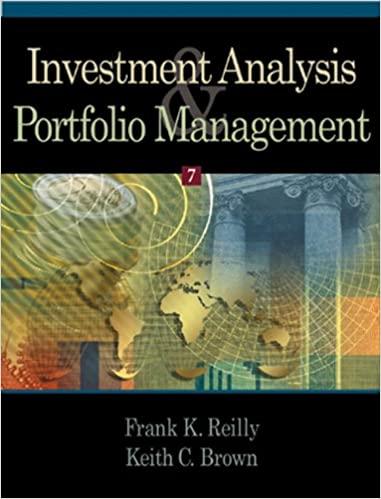20. Which of the following statements is CORRECT? ID: A a. If a company needs to raise new equity capital, a new would make sense. However, if the firm does not need new equity, then an open purchase dividend reinvestment plan would probably make more sense. Empirical research indicates that, in general, companies send a negative signal to the marketplace when they announce an increase in the dividend. As a result, share prices fall when dividend increases are announced because investors interpret the increase as a signal that the firm expects fewer good investment opportunities in the future. stock dividend reinvestment plan market b. c. One nice feature of dividend reinvestment plans (DRIPs) is that they reduce the taxes investors would have to pay if they received cash dividends. Under the tax laws as they existed in 2010, a dollar received by an individual taxpayer as interest income is taxed at the same rate as a dollar received as dividends d. 21. Liberty Services is now at the end of the final year of a project. The equipment ri which 75% has been depreciated. The firm can sell the used equipment today f ginally cost $10,500, of or $6,000, and its tax rate is 40%. What is the equipment's after-tax salvage value for use in acapital budgeting analysis? Note that if the equipment's final market value is less than its book value, the firm will receive a tax credit as a result of the sale. a. $4,650 b. $5,348 c. $3,860 d. $4,511 22. If a firm adheres strictly to the residual dividend model, the issuance of new common stock would suggest that a. the dollar amount of capital investments had decreased. b. the dividend payout ratio is increasing. c. no dividends will be paid during the year. d. the dividend payout ratio is decreasing. A company is considering a new project. The CFO plans to calculate the project's NPV by estimating the relevant cash flows for each year of the project's life (i.e, the initial investment cost, the annual operating cash flows, and the terminal cash flows), then discounting those cash flows at the company's overall WACC. Which one of the following factors should the CFO be sure to INCLUDE in the cash flows when the relevant cash flows? a. All sunk costs that have been incurred relating to the project. b. All interest expenses on debt used to help finance the project. c. The additional investment in net operating working capital required to operate the 23. estimating project, even if that investment will be recovered at the end of the project's life. Sunk costs that have been incurred relating to the project, but only if those costs were incurred prior to the current year. d







